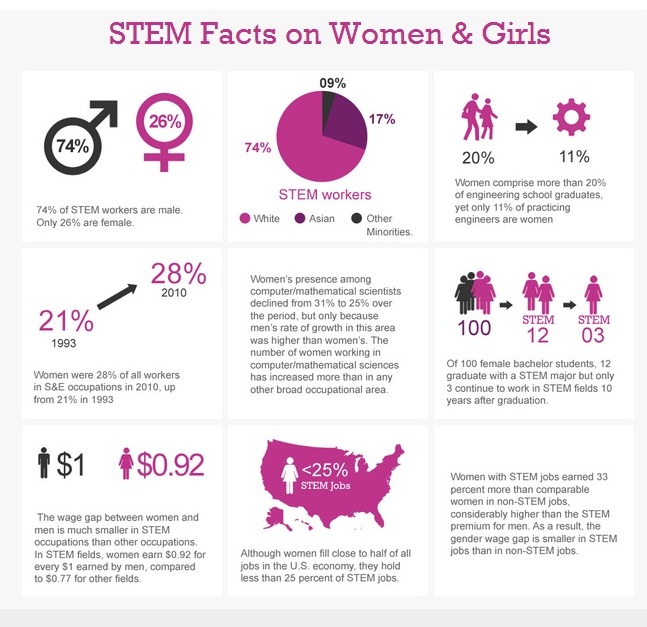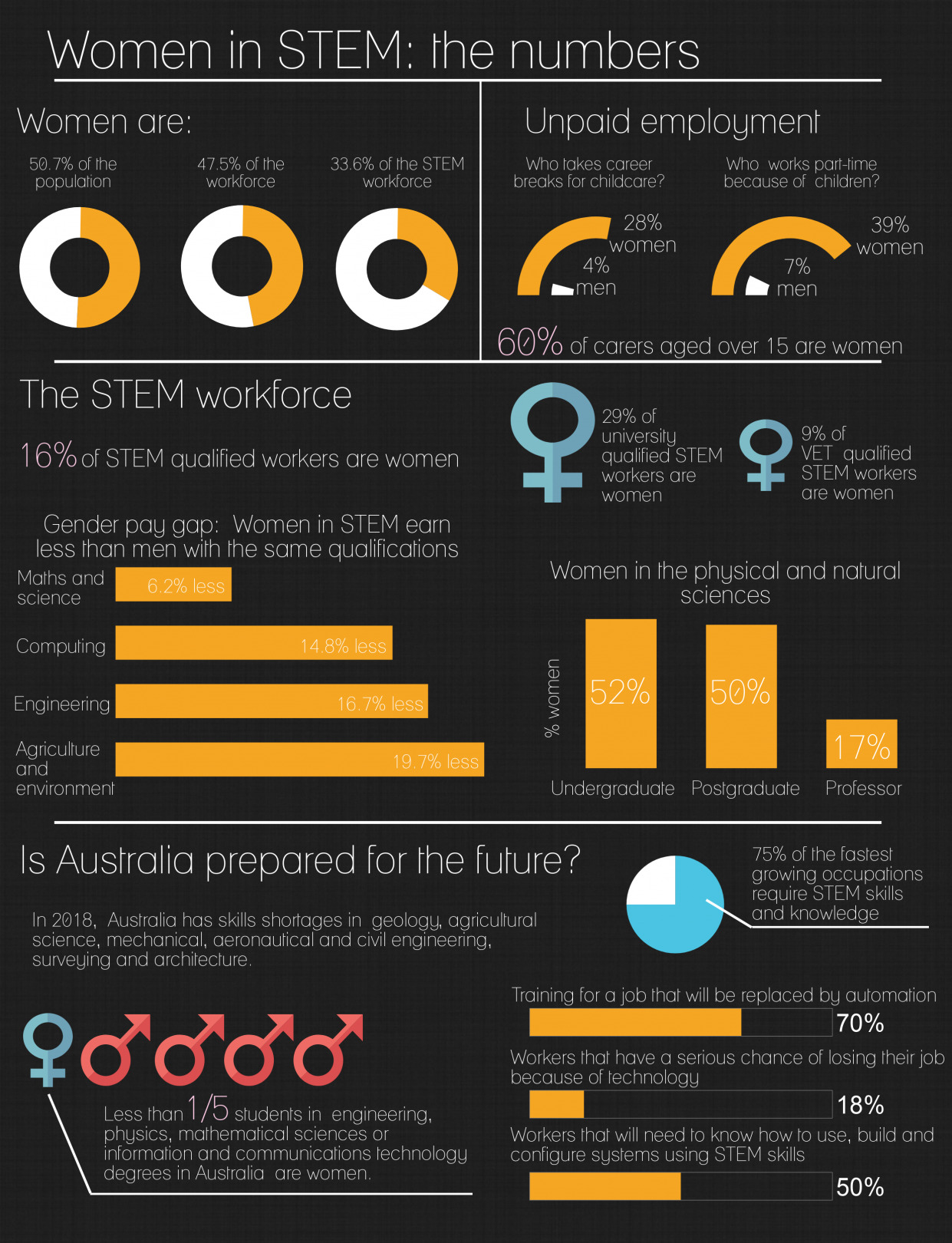

Information on workers in S&E-related occupations reported in the NSCG began to be collected in 2003. The proportion of women in the STW in 20 was 26% (5 million workers).īy 2019, the number of women with a bachelor’s degree or higher working in S&E occupations almost tripled since 1993 and nearly doubled in S&E-related occupations since 2003, but the distribution of women in these occupations was uneven ( Table LBR-7). Overall, women in the STEM workforce increased from 32% in 2010 to 34% in 2019, nearly all of which was related to an increase in the proportion of women with a bachelor’s degree or higher in STEM, from 42% (5 million workers) in 2010 to 44% (7 million workers) in 2019. STEM workforce increased with uneven growth across STEM occupational groups and educational attainment. Since 2010, the proportion of women in the U.S. For more detailed analysis on the demographic composition of the STW and of those with degrees in S&E and S&E-related fields, see the NCSES report Women, Minorities, and Persons with Disabilities in Science and Engineering : 2021. There is some limited analysis in this section on the demographic composition of the STW and of those with degrees in S&E and S&E-related fields. (See the Glossary section for non-S&E occupations.) (See the Glossary section for definitions of middle-skill occupations and non-STEM occupations.) Hence, workers with a bachelor’s degree or higher in non-S&E occupations include those in middle-skill and non-STEM occupations. (See the Glossary section for definitions of S&E occupations and S&E-related occupations.) The primary data source for the analysis of STEM workers with a bachelor’s degree or higher, NCSES’s NSCG, does not allow workers in middle-skill occupations to be identified separately from those in non-STEM occupations. It also presents data on sex and race or ethnicity of workers with a bachelor’s degree or higher in a subset of STEM occupations-that is, S&E and S&E-related occupations. This section mostly focuses on sex, race or ethnicity, nativity, and citizenship of workers in STEM occupations by educational attainment. Lower participation among certain demographic groups signals a lack of diversity in the workplace, which may negatively impact productivity, innovation, and entrepreneurship (Bell et al. Some demographic groups are represented to a lesser degree in STEM compared to the general population and may be seen as an underutilized source of talent for building the capacity of the S&E enterprise. workforce and enhance the innovative capacity of the S&E enterprise in the United States (NSB 2020).

STEM enterprise will lead to the expansion of STEM capabilities throughout the U.S. Acknowledgments and Citation Expand collapseīroadening participation in the U.S.Salary Differences across Sex and Race or Ethnicity.Representation of Race or Ethnicity in STEM.

Participation of Demographic Groups in STEM Expand collapse.Geographic Distribution of the STEM Workforce.

Working Involuntarily Part Time or Out of One’s Field of Highest Degree.STEM Labor Market Conditions and the Economy Expand collapse.Application of STEM Skills and Expertise by Non-S&E Workers.Education and Training of Workers in STEM.STEM Pathways: Degree Attainment, Training, and Occupations Expand collapse.A New Expanded Definition of the STEM Workforce.A Traditional Definition: S&E Workers in the STEM Workforce.STEM Workforce: Definition, Size, and Growth Expand collapse


 0 kommentar(er)
0 kommentar(er)
